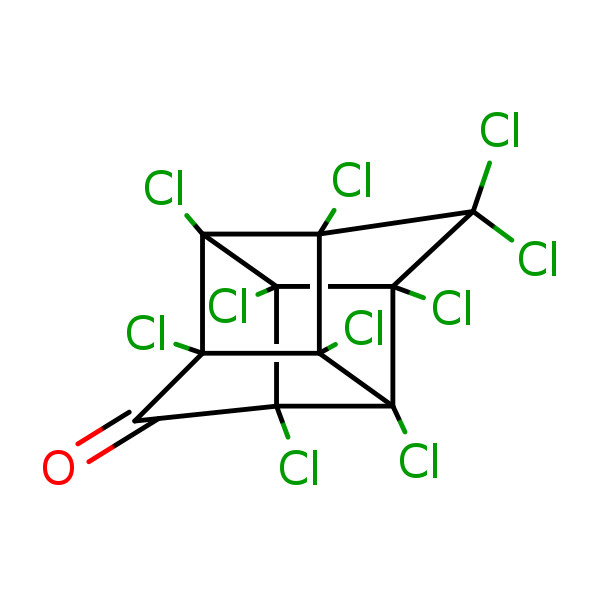Chlordecone (Kepone)
CASRN 143-50-0 | DTXSID1020770
- Toxicological Review (PDF) (183 pp, 1005.9 KB, about PDF)
- IRIS Summary (PDF) (24 pp, 225.6 KB, about PDF)
IRIS Toxicological Review and Summary Documents For Chlordecone (Kepone) (2009 Final)
On this page:
Overview
EPA is announcing the release of the final report, Toxicological Review of Chlorodecone (kepone): in support of the Integrated Risk Information System (IRIS). The updated Summary for Chlordecone (kepone) and accompanying Quickview have also been added to the IRIS Database.Background
Chlordecone was first produced in the United States in the early 1950s (IARC, 1979). It was introduced commercially in 1958 (Bus and Leber, 2001). Approximately 3.6 million pounds of chlordecone were produced in the United States between 1951 and 1975 (ATSDR, 1995). Chlordecone production in the United States ended in 1975 after intoxication from severe industrial exposure was observed in employees who worked at the only chlordecone manufacturing plant in the country (Bus and Leber, 2001). Typical signs of chlordecone intoxication include nervousness, headache, and tremor (Cannon et al., 1978). Chlordecone was primarily used as an insecticide (IARC, 1979). Specific applications have included control of the banana root borer, application on non-fruit-bearing citrus trees to control rust mites, control of wireworms in tobacco fields, control of apple scab and powdery mildew, control of the grass mole cricket, and control of slugs, snails, and fire ants (NLM, 2004a; ATSDR, 1995). Its registration was cancelled in 1978 (Metcalf, 2002; IARC, 1979).Download(s)
This document has been reviewed in accordance with U.S. Environmental Protection Agency policy and approved for publication. Mention of trade names or commercial products does not constitute endorsement or recommendation for use.
- IRIS Toxicological Review and Summary Documents for Chlordecone (2009 Final) (PDF) (183 pp, 1.0 MB, about PDF)
- IRIS Summary of Chlordecone (Kepone)
If you have a disability and the format of any material on our web pages interferes with your ability to access the information, please reach out to us using the Contact Us about IRIS form for assistance. To enable us to respond in a manner most helpful to you, please indicate the nature of the accessibility problem, the web address of the requested material, your preferred format in which you want to receive the material (electronic format (ASCII, etc.), standard print, large print, etc.), and your contact information.
Document Related Link(s)
Critical Effect Systems
Tumor Sites
Chemical Structure for
Chlordecone (Kepone)

Synonyms
- Chlordecone (Kepone)
- GC-1189
- decachlorooctahydro-1,3,4-metheno-2H-cyclobuta[cd]-pentalen-2-one
- 143-50-0


